10 Best Herbal Essential Oils For Lower Back Pain
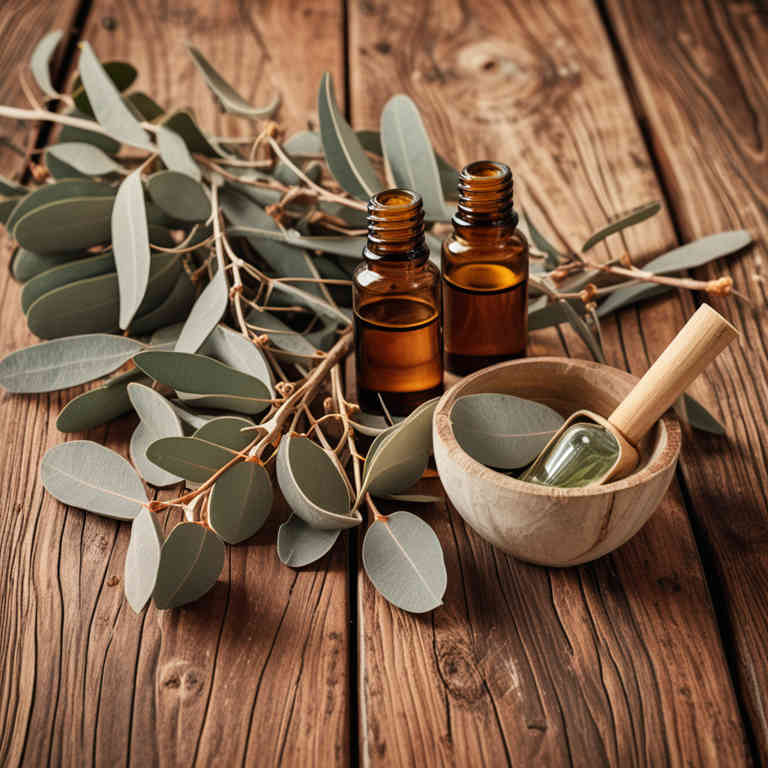
Herbal essential oils, such as peppermint, eucalyptus, and lavender, are commonly used to alleviate lower back pain due to their anti-inflammatory and analgesic properties.
When diluted with a carrier oil and applied topically, these oils can help reduce muscle tension and improve circulation in the affected area. Many people find relief through regular use of these oils in massage or aromatherapy sessions, which can also promote relaxation and stress reduction. However, it is important to consult a healthcare professional before using essential oils, especially if you have sensitive skin or underlying health conditions.
While essential oils can be a complementary therapy, they should not replace medical treatment for chronic or severe lower back pain.
FREE Herb Drying Checklist
How to make sure every batch retains maximum flavor, color, and aroma without the risk of mold or over-drying. Eliminate guesswork and trial-and-error, making herb drying faster, easier, and more efficient every time.
Table of Contents
1. Curcuma longa
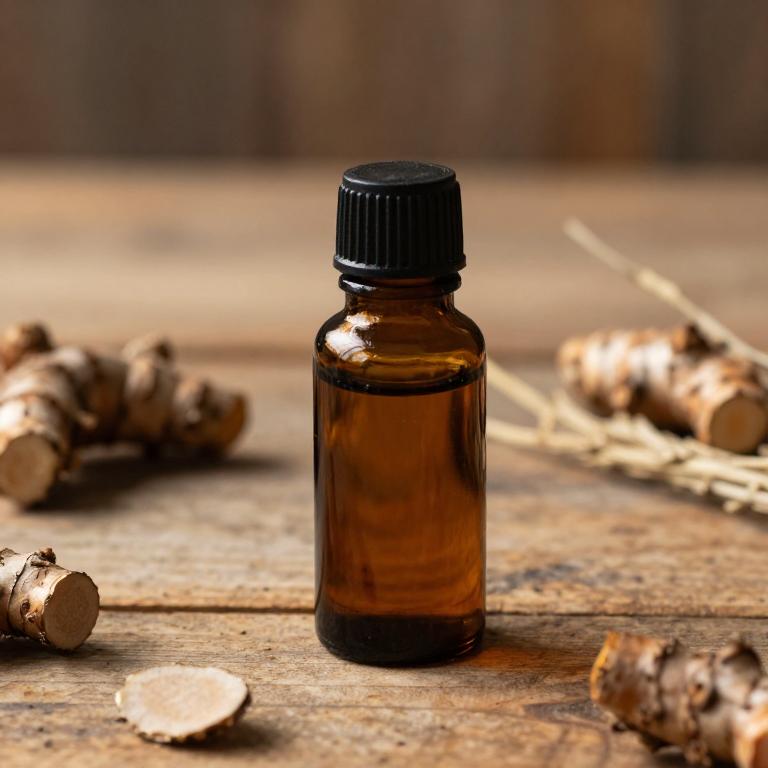
Curcuma longa, commonly known as turmeric, is a widely used herb known for its anti-inflammatory and analgesic properties, which have been traditionally employed to alleviate pain and inflammation.
The essential oils derived from Curcuma longa contain bioactive compounds such as curcuminoids, which contribute to its therapeutic effects. When applied topically, these essential oils may help reduce inflammation and muscle tension in the lower back, offering relief from chronic pain. However, it is important to note that while some studies suggest potential benefits, more clinical research is needed to confirm their efficacy for lower back pain.
As with any herbal treatment, it is advisable to consult a healthcare professional before use, especially if you have existing medical conditions or are taking other medications.
2. Zingiber officinale

Zingiber officinale, commonly known as ginger, is a popular herb used in traditional medicine for its anti-inflammatory and analgesic properties.
Its essential oil, derived through steam distillation of the dried rhizome, contains compounds like zingiberene and gingerol, which are known to reduce inflammation and pain. When used aromatically or topically, ginger essential oil may help alleviate lower back pain by improving circulation and reducing muscle tension. However, it is important to dilute the essential oil with a carrier oil before applying it to the skin to avoid irritation.
While some studies suggest its potential benefits, more research is needed to fully understand its efficacy for chronic lower back pain.
3. Piper nigrum
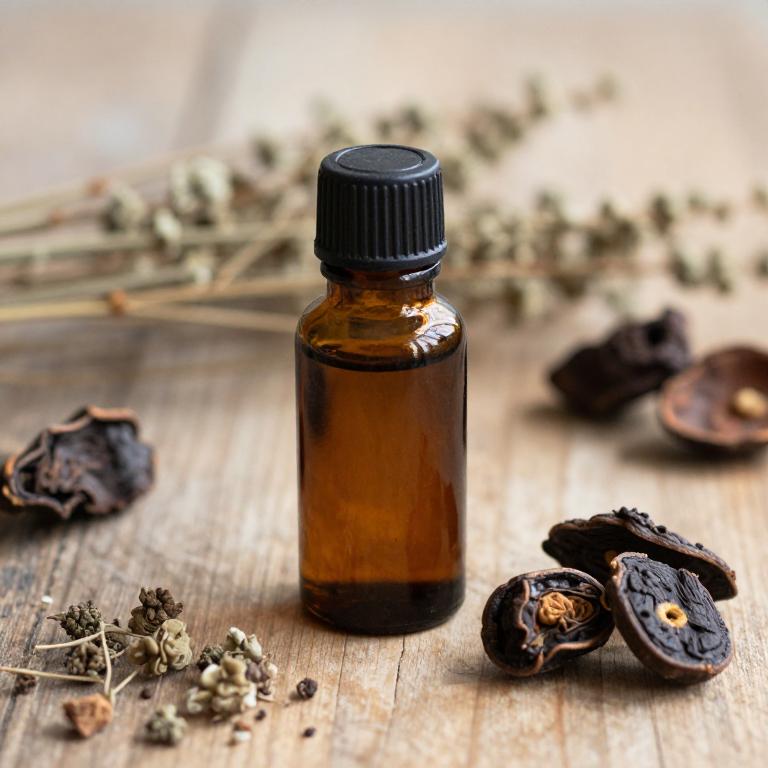
Piper nigrum, commonly known as black pepper, contains essential oils that have been explored for their potential therapeutic effects, including relief from lower back pain.
The essential oils derived from black pepper contain compounds like piperine, which exhibit anti-inflammatory and analgesic properties. These properties may help reduce inflammation and muscle tension in the lower back, offering natural relief for chronic or acute pain. While research on its specific efficacy for lower back pain is limited, some studies suggest that topical application of black pepper essential oil may provide localized pain relief.
However, it is important to consult with a healthcare professional before using essential oils, as they can interact with medications or cause skin irritation if not properly diluted.
4. Eucalyptus globulus
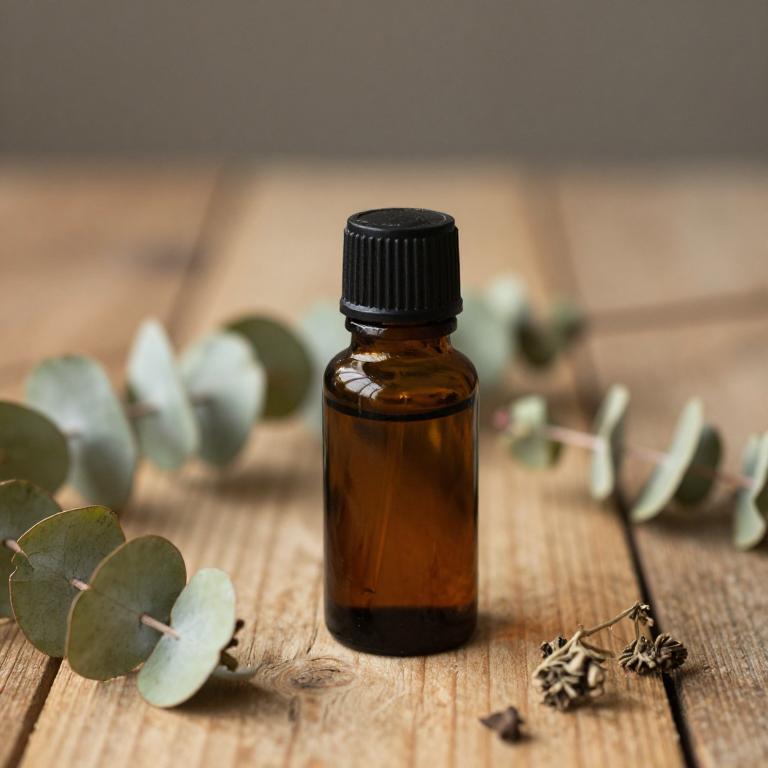
Eucalyptus globulus, commonly known as Australian eucalyptus, is a popular source of essential oil that has been traditionally used for its aromatic and therapeutic properties.
The essential oil derived from this plant contains compounds like cineole and limonene, which are believed to possess anti-inflammatory and analgesic effects. Some studies suggest that applying eucalyptus globulus essential oil topically, either directly or diluted in a carrier oil, may help alleviate lower back pain by reducing muscle tension and inflammation. However, it is important to use the oil properly, as it can cause skin irritation if not diluted adequately.
While it may offer some relief, it should not replace professional medical advice or treatment for chronic lower back pain.
5. Cinnamomum zeylanicum
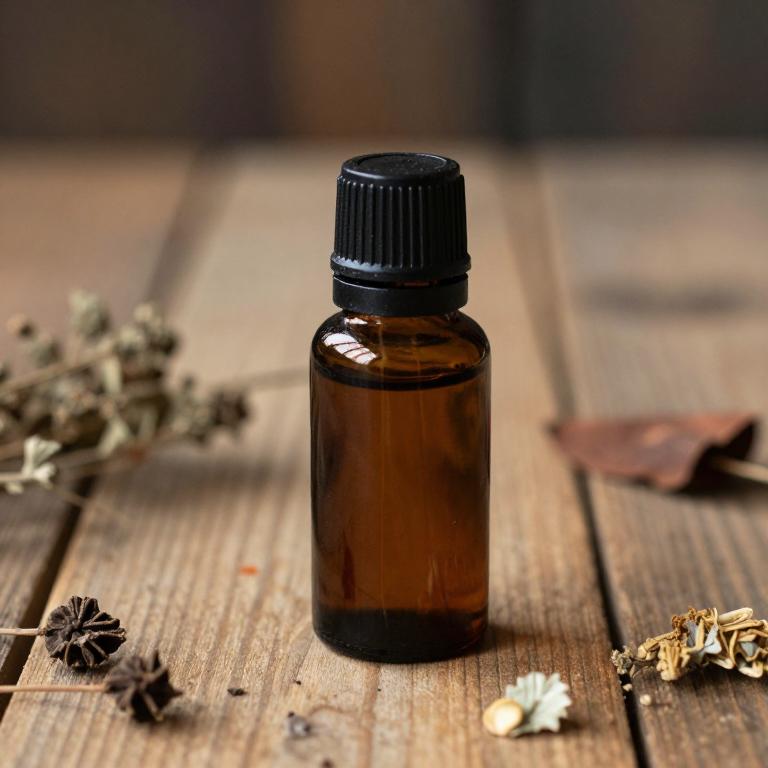
Cinnamomum zeylanicum, commonly known as cinnamon bark, contains essential oils that have been traditionally used for their anti-inflammatory and analgesic properties.
The essential oil derived from this plant contains compounds like cinnamaldehyde, which may help reduce inflammation and pain associated with lower back conditions. When used in aromatherapy or topical applications, cinnamon essential oil can provide a warming sensation that may help alleviate muscle tension and discomfort in the lower back. However, it is important to dilute the oil properly before applying it to the skin to avoid irritation.
While some studies suggest potential benefits, more research is needed to fully understand its efficacy for treating lower back pain.
6. Rosmarinus officinalis
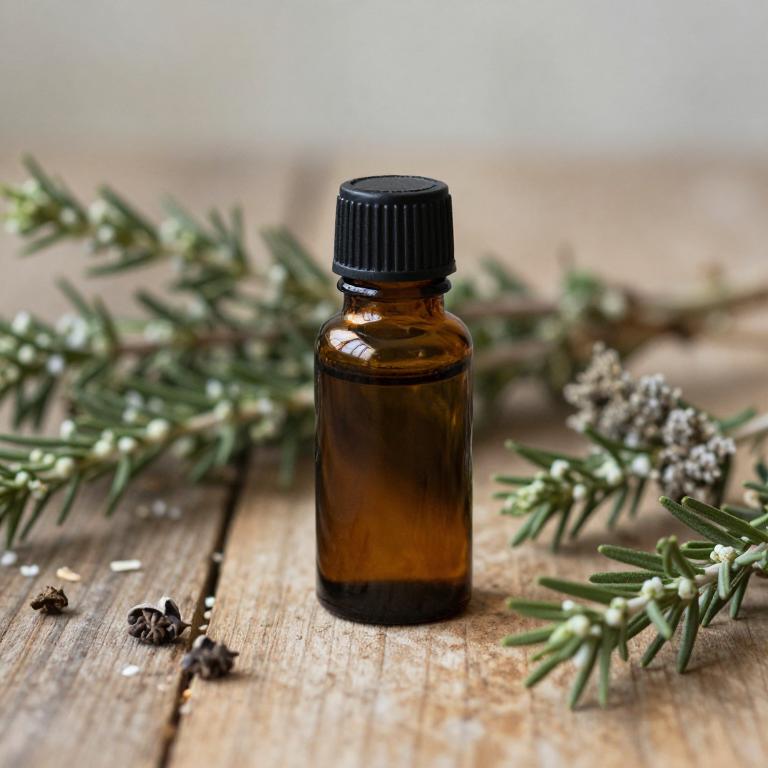
Rosmarinus officinalis, commonly known as rosemary, is a herb widely recognized for its aromatic and therapeutic properties, particularly in the form of essential oils.
The essential oil of rosemary contains compounds such as cineole, camphor, and pinene, which are known for their anti-inflammatory and analgesic effects. When applied topically to the lower back, rosemary essential oil can help reduce muscle tension and alleviate pain by improving circulation and reducing inflammation. It is often diluted with a carrier oil before use to prevent skin irritation.
Regular use of rosemary essential oil in massage or aromatherapy may provide long-term relief for individuals suffering from chronic lower back pain.
7. Melaleuca alternifolia
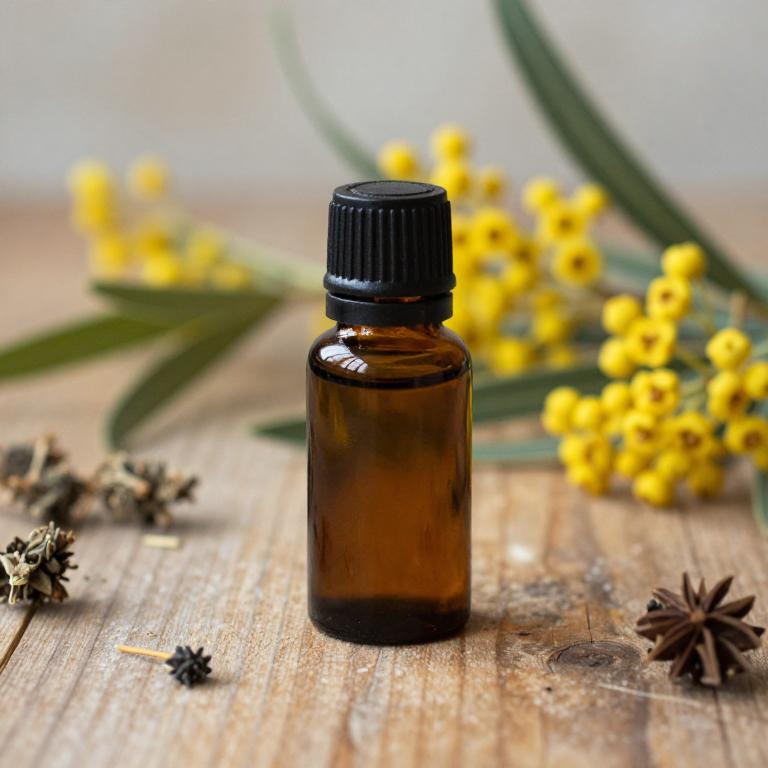
Melaleuca alternifolia, commonly known as tea tree oil, is a popular essential oil derived from the leaves of the Melaleuca alternifolia plant, native to Australia.
While it is well-known for its antimicrobial properties, some studies suggest that melaleuca essential oil may also have anti-inflammatory and analgesic effects, making it a potential natural remedy for lower back pain. When diluted properly with a carrier oil, it can be applied topically to the affected area to help reduce pain and inflammation. However, it is important to consult with a healthcare professional before using it, especially if you have sensitive skin or are taking other medications.
Despite its potential benefits, more clinical research is needed to fully understand its effectiveness for chronic lower back pain.
8. Capsicum annuum

Capsicum annuum, commonly known as chili pepper, contains capsaicin, which is often extracted into essential oils and used for its analgesic properties.
These essential oils may help alleviate lower back pain by stimulating the release of endorphins and reducing inflammation in the affected area. However, direct application of capsicum essential oils can be irritating to the skin, so they are typically diluted with a carrier oil before use. Some studies suggest that topical application of capsaicin-based treatments may provide temporary relief for musculoskeletal pain, including lower back pain.
Despite these potential benefits, more research is needed to fully understand the efficacy and safety of capsicum annuum essential oils for this specific condition.
9. Lavandula angustifolia
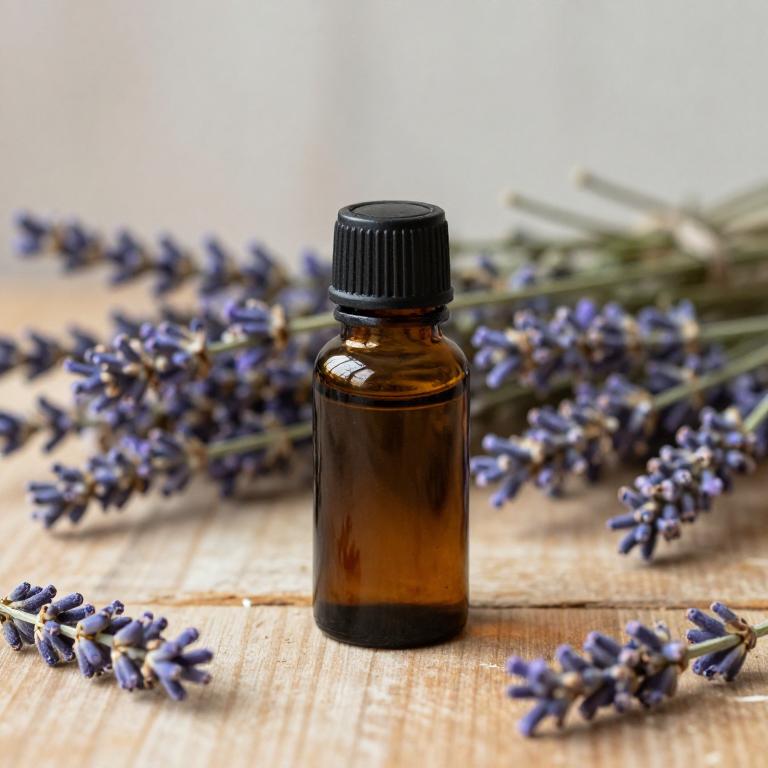
Lavandula angustifolia, commonly known as English lavender, is widely used in aromatherapy for its calming and analgesic properties.
The essential oil extracted from its flowers contains compounds like linalool and lavandins, which are known to reduce inflammation and muscle tension. Studies suggest that lavender essential oil may help alleviate lower back pain by promoting relaxation and reducing stress-related muscle spasms. When applied topically or used in diffusion, it can provide a soothing effect that supports pain relief.
However, it is important to dilute the oil properly and consult with a healthcare professional before use, especially for individuals with sensitive skin or existing medical conditions.
10. Salvia officinalis
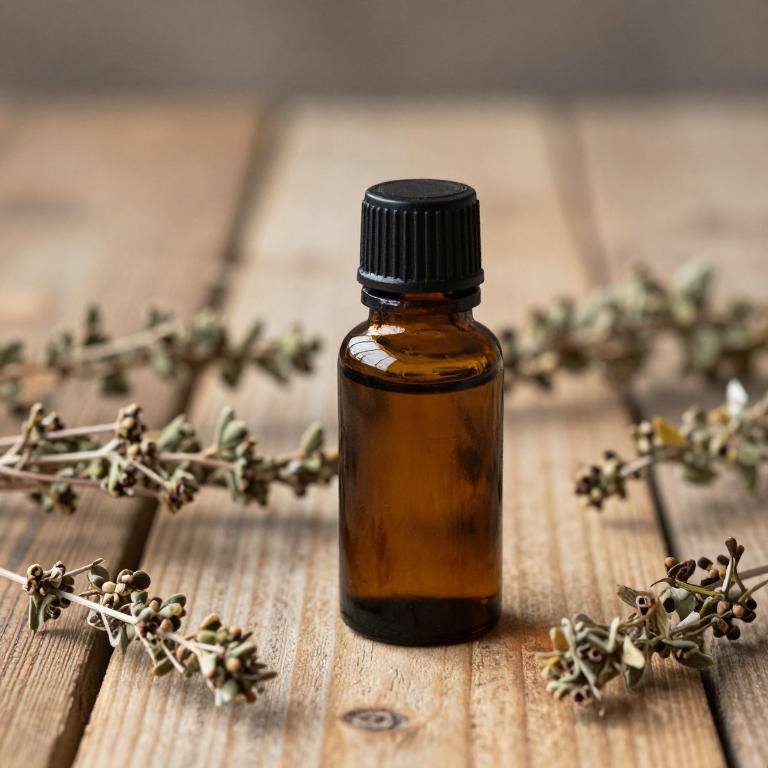
Salvia officinalis, commonly known as sage, contains essential oils that have been traditionally used for their anti-inflammatory and analgesic properties.
These essential oils, particularly those rich in compounds like thujone and camphor, may help reduce inflammation and muscle tension associated with lower back pain. When applied topically in diluted form, sage essential oil can provide localized relief by stimulating blood circulation and soothing sore muscles. However, it is important to consult a healthcare professional before using essential oils, as they can be potent and may interact with certain medical conditions or medications.
Overall, while sage essential oils show promise in managing lower back pain, they should be used as part of a holistic approach to pain relief.